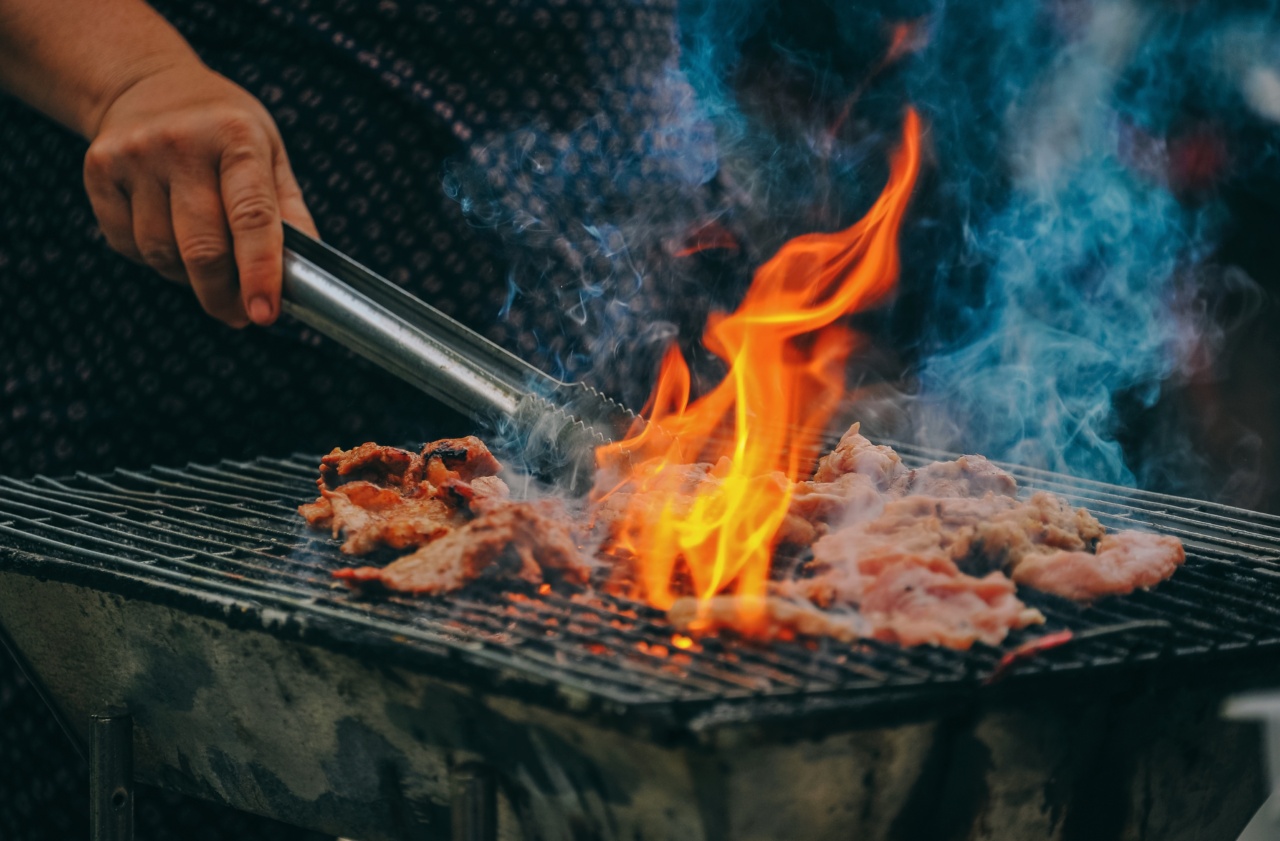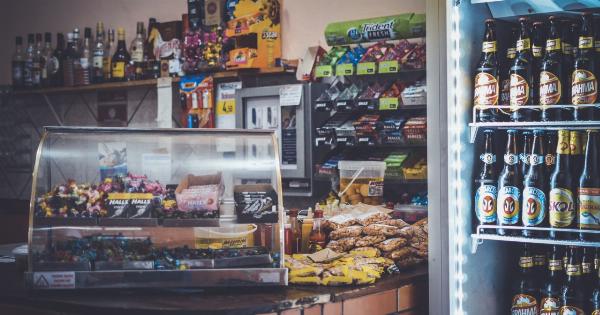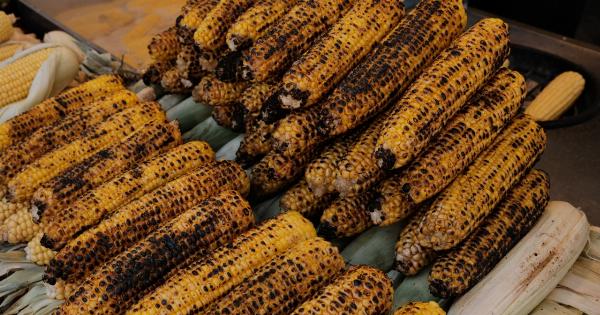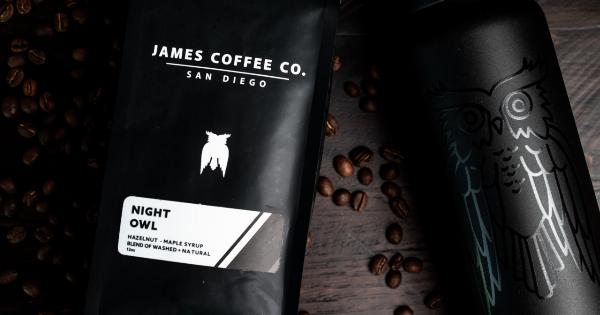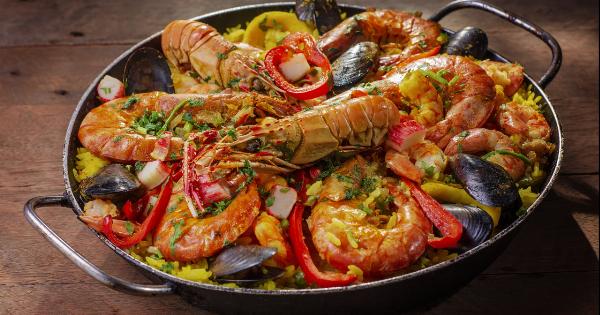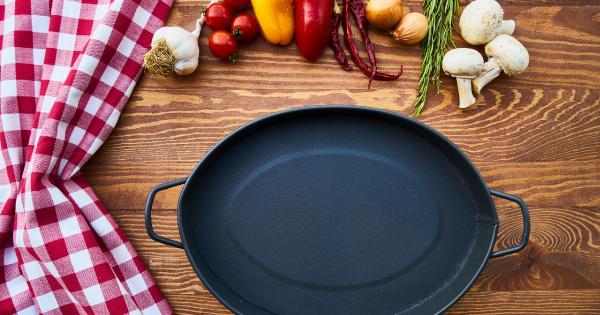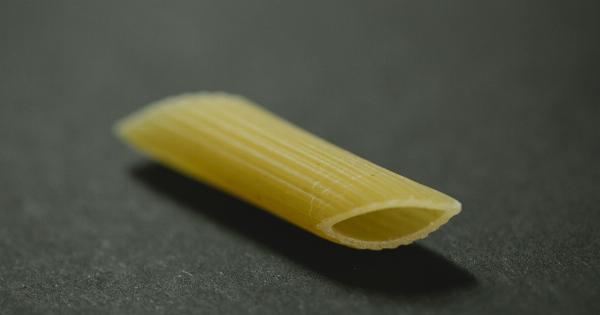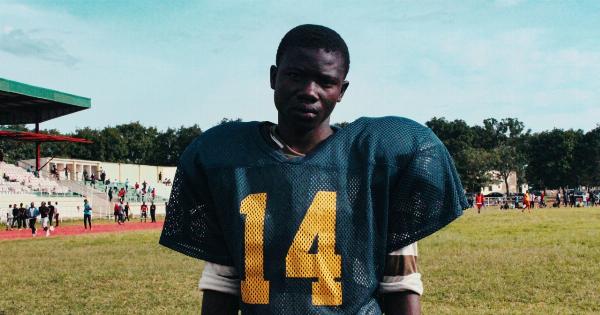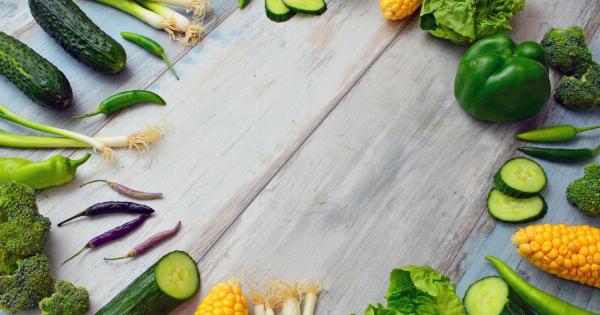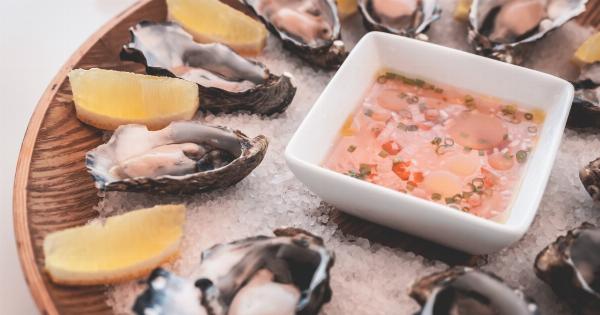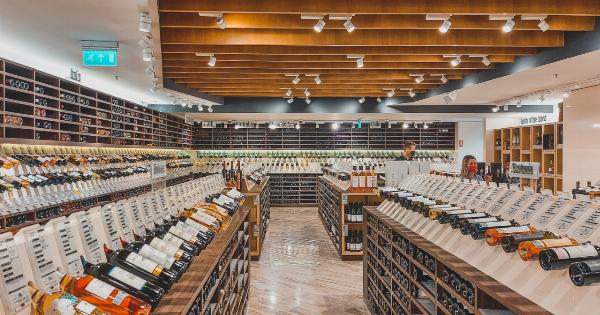Grilling and BBQ are not only popular cooking methods, but they also involve a fascinating blend of physics principles.
From the transfer of heat to the Maillard reaction, understanding the physics behind grilling and BBQ can help elevate your culinary skills. In this article, we will explore the physics behind these cooking techniques and uncover the secrets to achieving perfectly grilled and barbecued dishes.
1. Heat Transfer
At the core of grilling and BBQ lies the process of heat transfer. Heat can be transferred through three mechanisms: conduction, convection, and radiation.
2. Conduction
Conduction is the transfer of heat through direct contact between two objects. When grilling or barbecuing, the heat from the fire or the hot coals is conducted to the grates, and then to the food.
Different materials conduct heat differently, affecting the cooking process. For example, cast iron grates retain heat well and provide even cooking.
3. Convection
Convection is the transfer of heat through the movement of a fluid (liquid or gas). In grilling, this typically occurs when the hot air or smoke circulates around the food.
Understanding convection can help you manipulate the heat source and the position of the food for optimal cooking. Placing a lid on the grill can trap the hot air, creating convection currents that cook the food more evenly.
4. Radiation
Radiation is the transfer of heat through electromagnetic waves. In grilling and BBQ, this occurs when the heat from the fire or coals emits infrared radiation. This radiant heat penetrates the food’s surface, cooking it from the inside out.
Adjusting the distance between the food and the heat source can control the intensity of radiation, allowing for precise cooking.
5. The Maillard Reaction
The Maillard reaction is a chemical reaction that occurs between amino acids and reducing sugars when exposed to heat. It is responsible for the browning, flavor, and aroma of grilled and barbecued food.
Understanding the Maillard reaction can help you achieve the perfect crust and flavor in your dishes.
6. Temperature Control
Controlling the temperature is crucial while grilling or BBQing. Different cooking techniques require specific temperature ranges to achieve the desired results. The type of fuel, ventilation, and the cooking surface all affect temperature control.
7. Fuel and Ventilation
The choice of fuel, such as charcoal or gas, affects the temperature and flavor of the food. Charcoal grills provide a unique smoky flavor, while gas grills offer more precise temperature control.
Proper ventilation ensures a consistent supply of oxygen for fuel combustion, allowing for consistent heat production.
8. Grill Surface
The type of grill surface used impacts the cooking process. Thicker grates retain more heat, enabling better searing and caramelization. Non-stick surfaces prevent sticking and make it easier to flip delicate food items.
Understanding the intricacies of different grill surfaces can enhance your cooking experience.
9. Cooking Time and Resting Period
Cooking time and resting periods are crucial for achieving perfectly cooked dishes. Different cuts and sizes of meat require different cooking times to ensure doneness.
Resting the cooked meat allows the juices to redistribute, resulting in a moist and tender final product.
10. Marination and Moisture Content
Marination and the moisture content of the food play important roles in grilling and BBQ. Marinating meat enhances its flavor and tenderizes it. Moisture in the food helps regulate its temperature and prevents drying out during the cooking process.
Conclusion
Grilling and BBQ are as much about physics as they are about culinary expertise. Understanding the principles of heat transfer, the Maillard reaction, temperature control, and other elements can elevate your grilling skills.
So, fire up the grill, armed with your newfound knowledge of the physics behind grilling and BBQ, and savor the delicious results.
